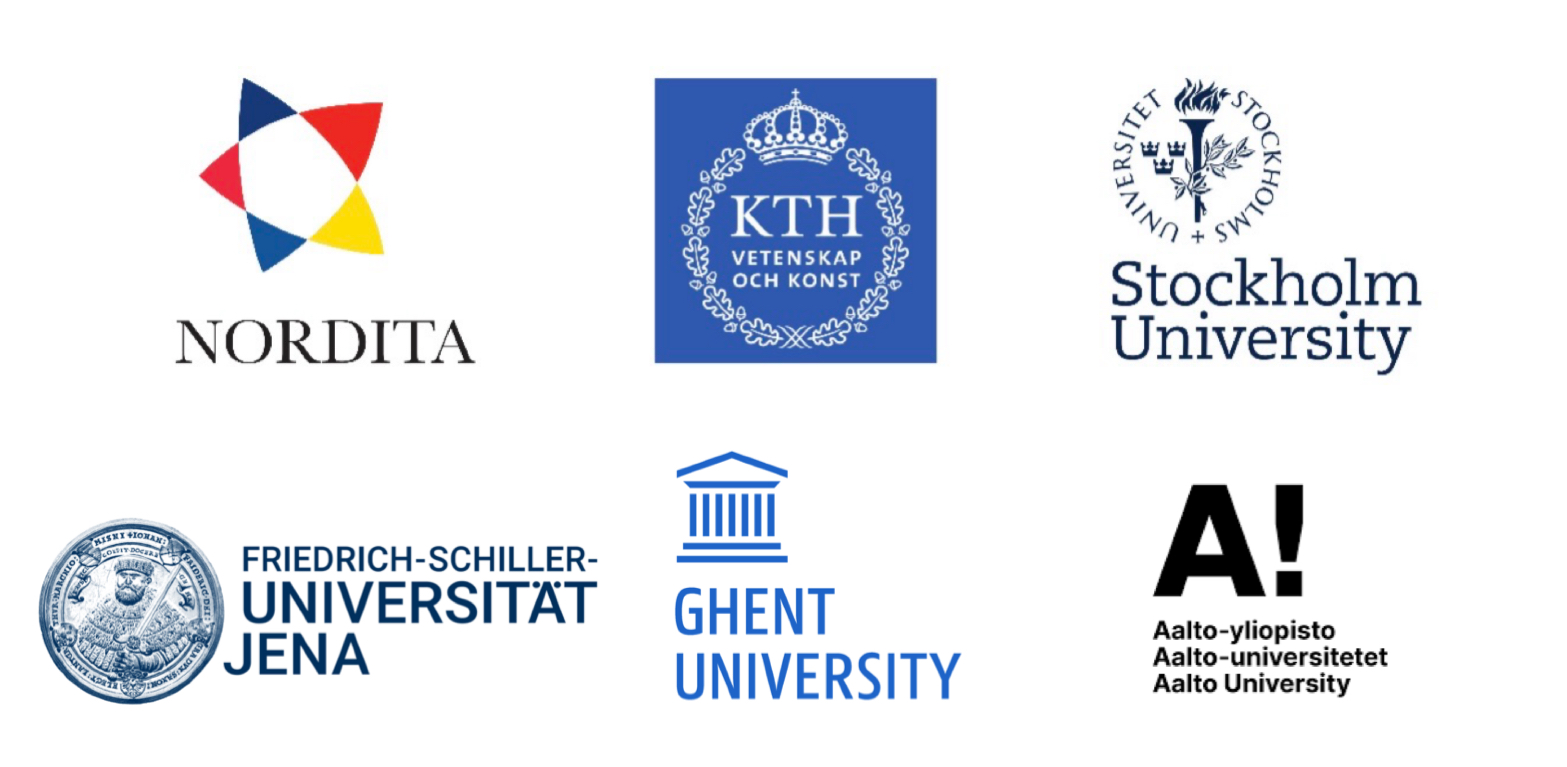The Magnetic Field Dynamics in Neutron Stars - Merlin
Since August 2024
Team: Prof. Brynmor Haskell (PI), Prof. Sebastiano Bernuzzi (Co-PI), Dr. Raj Kishor Joshi (PostDoc).
The MERLIN project will provide the theoretical foundations for future observations by investigating the magnetic field dynamics in neutron star interiors and the role of turbulence in its evolution. We employ Einstein's general relativity to model the development of the super strong magnetic fields and create accurate astrophysical models using the GR-MHD code Athenak. The project will develop in Jena (Germany), Warsaw (Poland) and Milan (Italy) in the groups of Prof.dr.Haskell and Prof.dr.Bernuzzi. More details on the project and progress updates can be found on the Merlin website.




